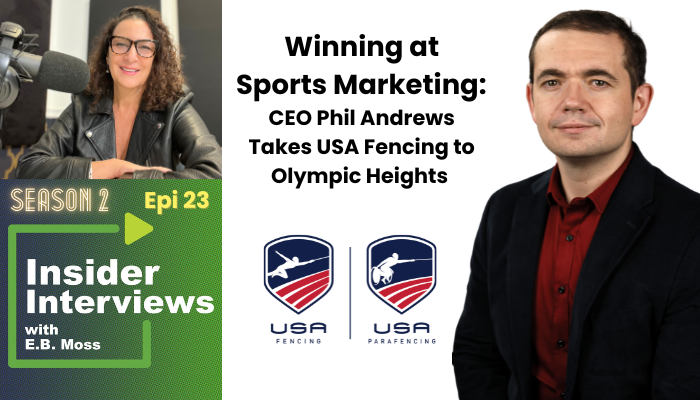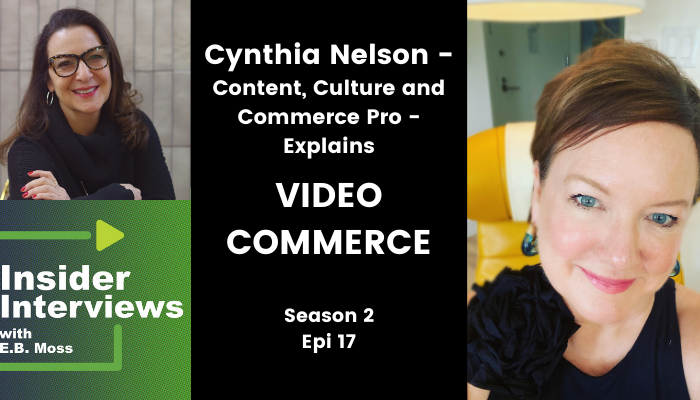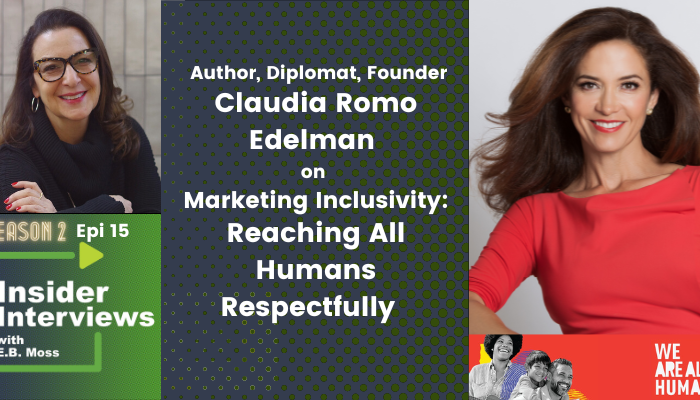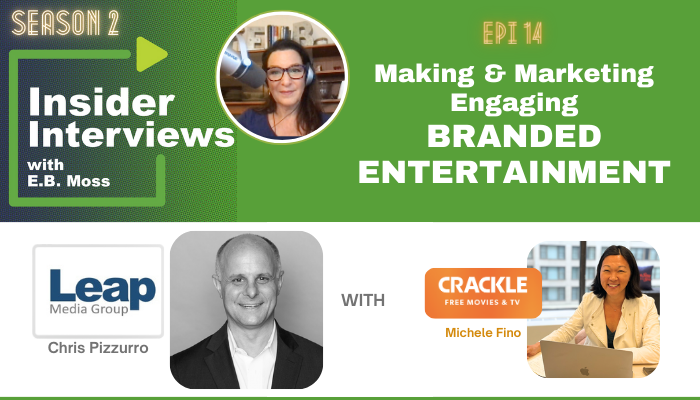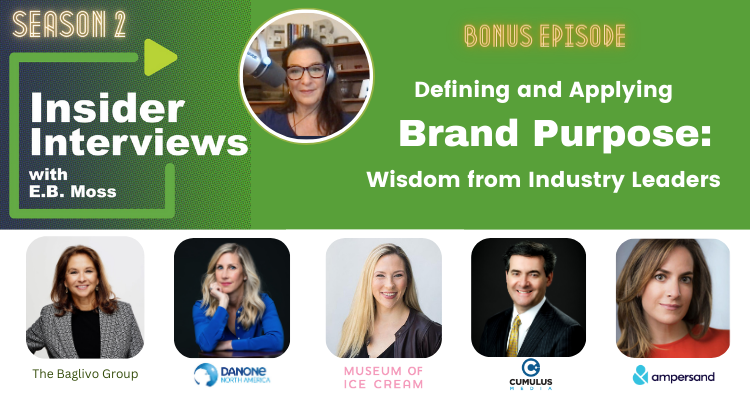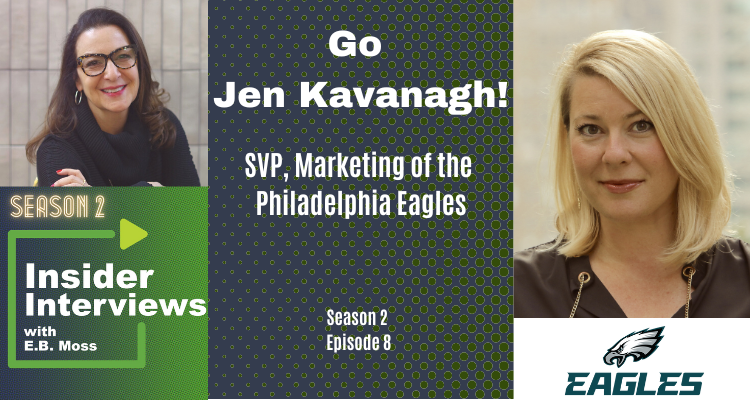How CEO Phil Andrews is Creating Olympic-sized Marketing Success for Team USA Fencing
Podcast: Play in new window | Download () | Embed
Subscribe or Follow Spotify | Android | Pandora | iHeartRadio | TuneIn | Deezer | RSS | More
Ever wonder how niche sports like fencing stay relevant and grow their fanbase? In Epi 23 of Insider Interviews, I chat with Phil Andrews, who I call the British Ted Lasso for bringing a Midas touch to the world of parries and ripostes as CEO of USA Fencing. Fresh from transforming USA Weightlifting, Phil is […]

